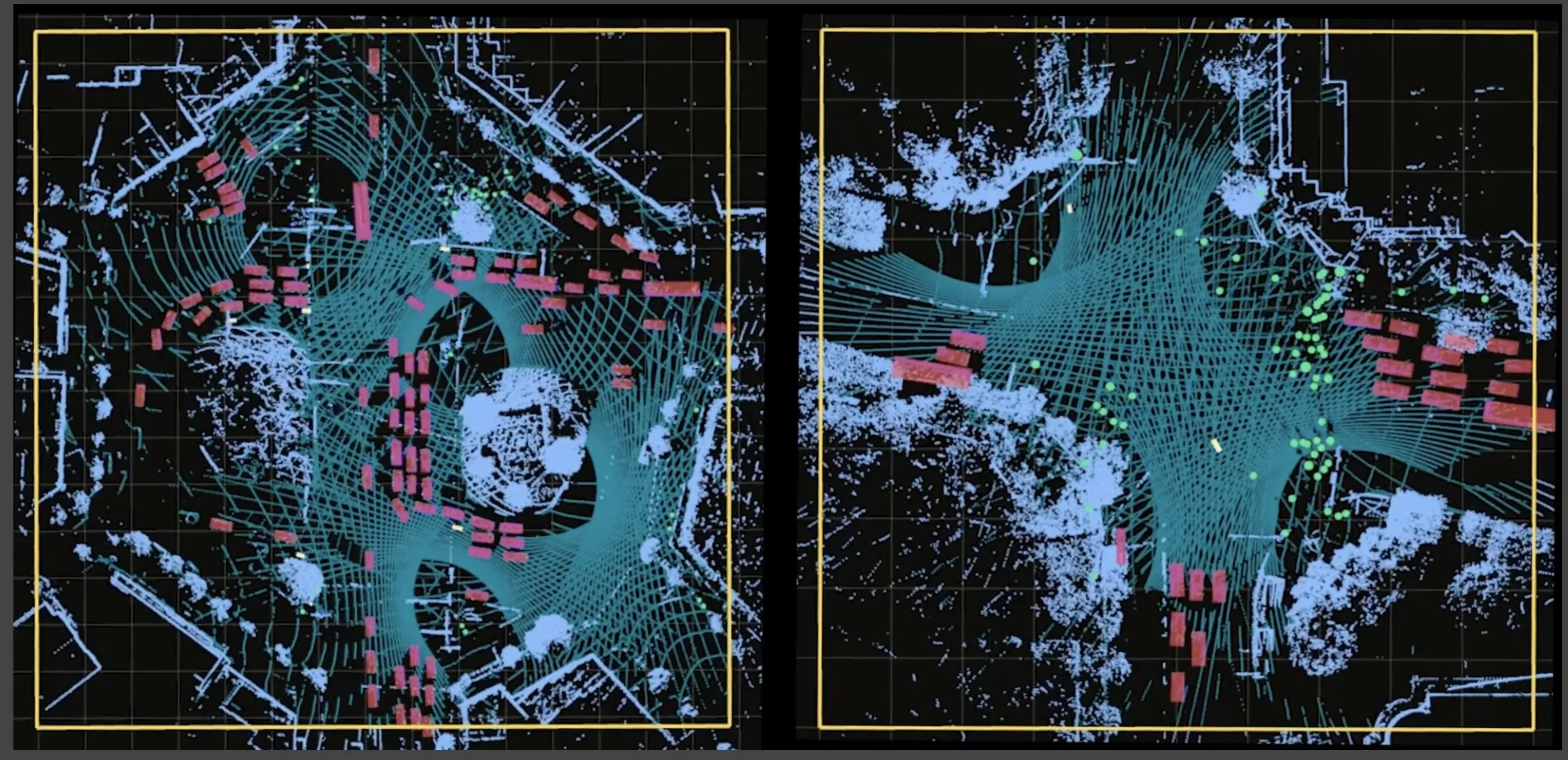A new traffic signal pole specifically designed to provide low-level access has been introduced by Siemens.
January 24, 2012
Read time: 1 min

A new traffic signal pole specifically designed to provide low-level access has been introduced by 189 Siemens. The exclusive new design provides safe access near to ground level in Extra Low Voltage (ELV) installations. According to the company's field services director, Mick Murphy, the all-new low-level access pole has been developed following the rapid growth of ELV traffic signalling equipment.
"With ELV installations, there's no longer the need to keep terminations away from street level, so we have been able to design the low-level access pole. Terminations are contained within a water-resistant enclosure and to further enhance the solution a vented pole cap is available to minimise the build-up of moisture or ground gas." The new pole maintains the standard 114mm diameter and is designed to fit NAL retention sockets. The low-level, flush access door is positioned to allow near-side and wait indicators to be installed at their normal height.
"With ELV installations, there's no longer the need to keep terminations away from street level, so we have been able to design the low-level access pole. Terminations are contained within a water-resistant enclosure and to further enhance the solution a vented pole cap is available to minimise the build-up of moisture or ground gas." The new pole maintains the standard 114mm diameter and is designed to fit NAL retention sockets. The low-level, flush access door is positioned to allow near-side and wait indicators to be installed at their normal height.









